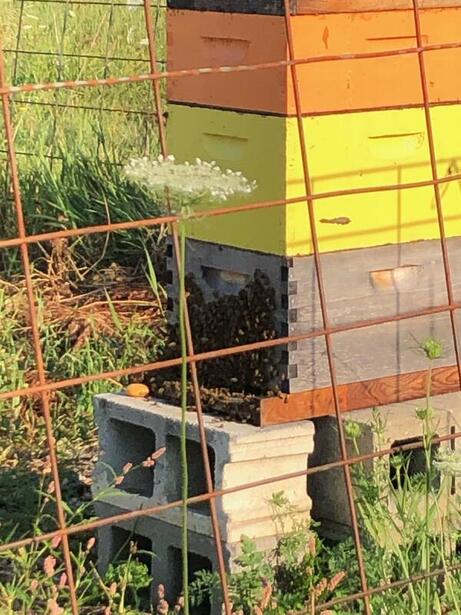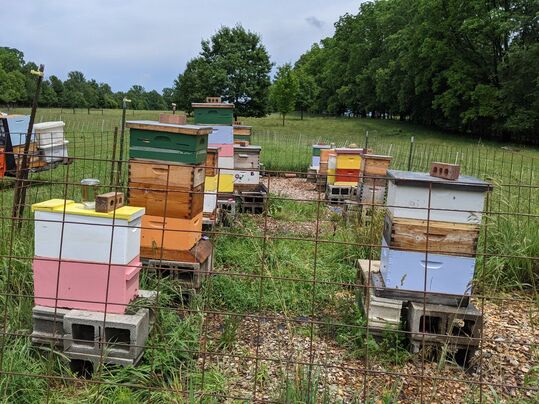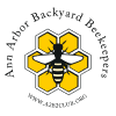 August Springtime signifies the honey flow, growth, reproduction for a honey bee colony. The hot months of summer are when honey bees begin winter preparations. The queen may slow down in her egg laying and the focus of the hive tips away from brood rearing to foraging for nectar and storing honey for the winter. However, brood rearing isn’t completely abandoned because this is also the time when the hive is making winter bees, bees with larger fat stores whose physiology allows them to live months instead of weeks. Drone production also slows as swarm season ends and the need for drones diminishes. Summer is also a tricky time for queens. If a hive has a late swarm or loses a queen, it may be too late in the season for them to make a new queen on their own and the beekeeper may have to introduce a queen into the queenless hive instead. You may also see a phenomenon called bearding on your hives in the summer. This is when bees come out of the hive and cover the outside of the hive, some staying near the entrance to fan and cool the hive. This behavior helps to keep the inside of the hive cool. Burglary Another concern of beekeepers in the summertime is the dearth. A dearth is when there is a lack of natural floral resources to provide the bees with nutrition (i.e. pollen and nectar). It is important to know what is blooming in the 6 miles around your apiary and when. Local weather can very so much that beekeepers even within a few miles of each other may have very different floral resources for their bees. Many beekeepers will feed their hives 2:1 sugar syrup in the late summer to bolster their winter honey stores, especially if there are drought conditions. With the dearth also comes robbing. Robbing is when either other honey bees or nectar-seeking insects like wasps will invade a weak hive and steal the stored honey from that hive, further weakening and often killing the colony being robbed in the process. Robbing screens can help with this problem as well as using feeders that are completely enclosed inside the hive. Caution Just as the population of a honey bee hive starts to wane in the summer, the Varroa mite populations in a hive begin to peak. If no steps are taken to test for and treat mites when the mite population spikes, then a beekeeper may find themselves with a dying colony in the fall. It is important to note that not all mite treatments can be used when honey supers are on the hive or when temperatures are above 85 degrees Fahrenheit, so it’s important to read the labels of products you are thinking about using. The label is the law! More information: https://www.honeybeesuite.com/summer-nectar-dearth-honey-bee-management/ https://cals.cornell.edu/pollinator-network/beekeeping/beekeeping-calendar-northeast
0 Comments
Leave a Reply. |
AuthorJen Haeger is a new master beekeeper and board member of A2B2. Archives
August 2022
Categories
All
|


 RSS Feed
RSS Feed
